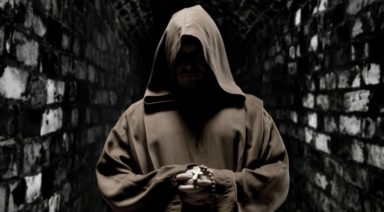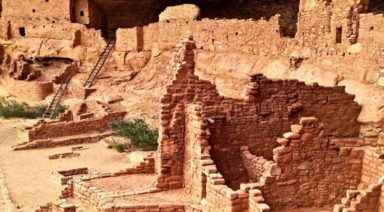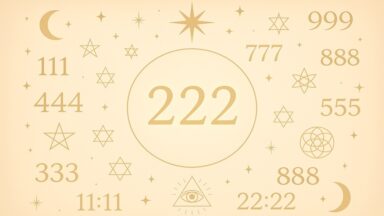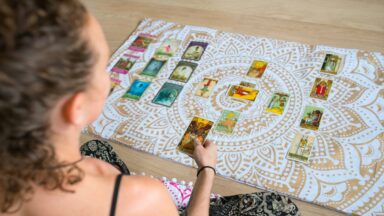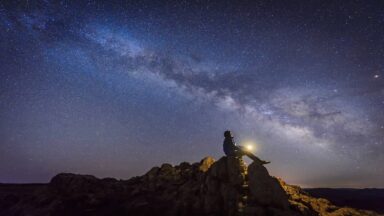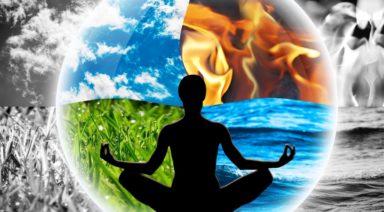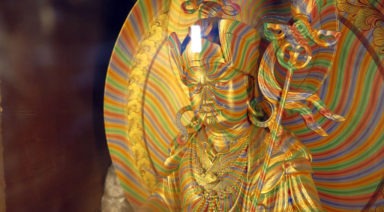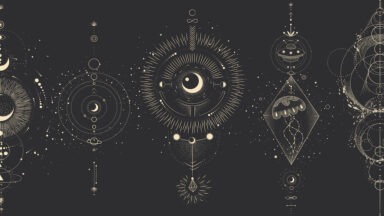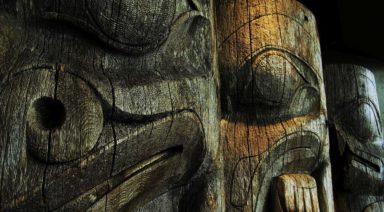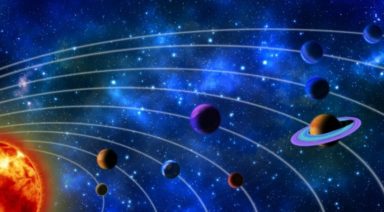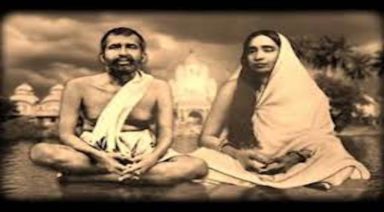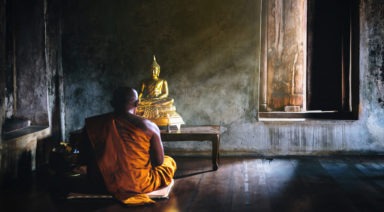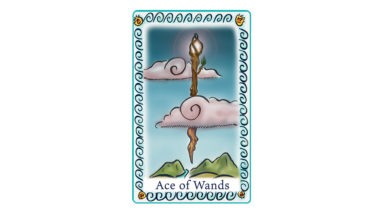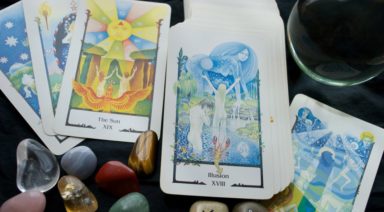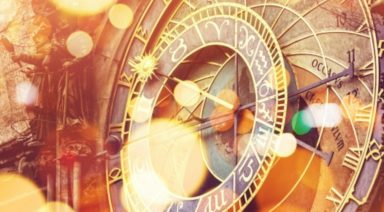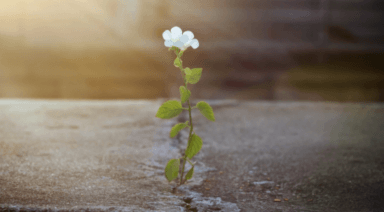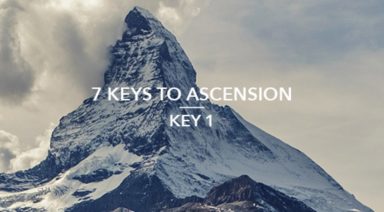Ancient Traditions To Help You Celebrate Summer Solstice
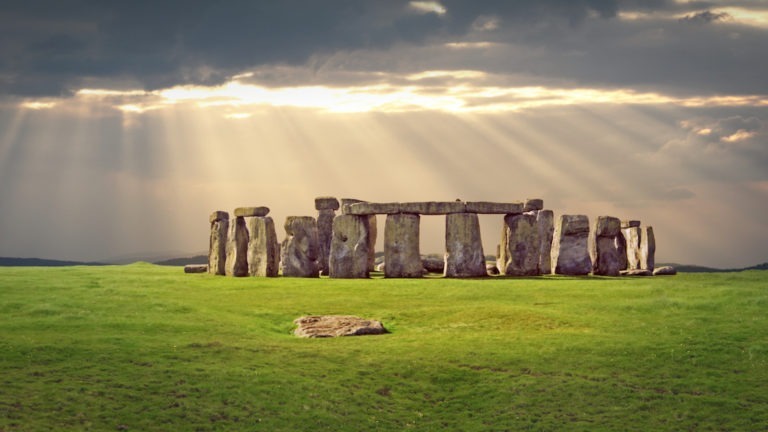
The summer solstice marks the longest day of the year, during which the axial tilt of the Earth puts the western hemisphere closest to the Sun. For time immemorial, it has been a day of celebration for many cultures across the world. But if you’re unsure of how to celebrate the summer solstice of 2019, here are some of the ancient rituals and celebrations practiced by our ancestors on the midsummer’s night.
Summer Solstice Meaning
The word solstice comes from the Latin words “sol,” meaning sun, and “stitium” or “sistere,” meaning still or stopped. In ancient times, our ancestors likely used this day as a marker to decide when to plant crops, noticing that the sun switched from a southward to northward trajectory in the sky.
But more importantly, the solstice was a time of celebration and a break from the norm. Many cultures believed that magic took place on the night of the summer solstice, with fairies showing themselves to humans, while evil spirits were dispelled from their lives.
Ancient Festivities on the Summer Solstice
In ancient Greece, the summer solstice marked the start of a new year and the month-long countdown to the Olympics. The Greeks also observed the festival of Kronia, during which they worshipped Cronus, the god of agriculture. At this time slaves were given equal rights to their owners, who allowed them to participate in games and festivities, sometimes even reversing roles and serving them – it was undoubtedly a welcomed holiday.
In ancient Egypt, the summer solstice represented the coming of the brightest star, Sirius. Not long after, the Nile would begin to flood its banks, marking a season of abundance from the land. The Egyptians believed Sirius was responsible for the floods and considered it the start of a new year.
The ancient Romans celebrated the festival of Vestalia, in honor of the goddess of the hearth. Married women brought offerings to the temple of Vesta, hoping the goddess would bestow blessings upon their families. Vesta was the protector of married women and virginity, and was exclusively a goddess for women.
In addition to the offerings made in Vesta’s temple, women would bake a sacred cake, which followed a strict recipe. Water from a sacred spring would be used, and prevented from coming into contact with the Earth, as it was carried in blessed jugs.
Summer Solstice Parties
In northern Europe, Pagans celebrated the occasion with bonfires, believing they banished evil spirits and demons and cultivated magic. Bonfires are a recurrent theme across various cultures’ summer solstice celebrations, which almost always involved feasting and dancing.
The Celts would also gather around bonfires, believing they opened a path toward light. Launching oneself over the fire would purify the soul, and burn away impurities and problems.
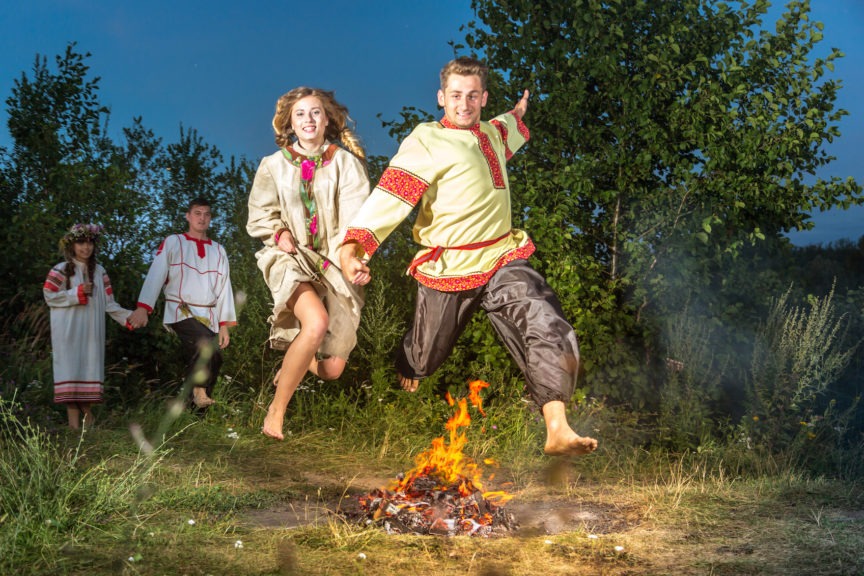
Pagans also believed medicinal plants were most effective during the summer solstice, including St. John’s wort, verbena, and rue – a necessary ingredient to ward off fairies that lead you astray.
Pagan solstice ceremonies in Slavic nations such as Russia, Ukraine, and Belarus, encouraged couples to jump over bonfires while holding hands. If the couple maintained their grip, their relationship was considered strong, portending success and happiness. But if they lost their grasp, their relationship was doomed.
Single women would also create rings of flowers to be released into a river, where bachelors waited on the other side to catch them, hoping to find a partner.
Summer Solstice at Stonehenge
Of course, we would be remiss not to mention Stonehenge when talking about the summer solstice and Paganism. While the famous, monolithic site is still a bit of a mystery, it’s clear that the solstices were an impetus in its construction. On the night of the summer solstice, the sunset will align with the heel stone of the monument, and continue to shine through the others.
Some historians believe the construction of Stonehenge, which lasted between 3,000 and 2,000 BCE, was a societal ceremony. They believe it brought people together and was a show of communal strength to foreigners. And during the summer solstice, people from all over the country came on pilgrimages to celebrate.
Other Cultures Celebrate June Solstice
Native Americans celebrated the summer solstice as well, with the Sioux’s famous Sundance taking place during the day. In fact, the Bighorn Medicine Wheel in Wyoming was designed to align with the sunrise and sunset during the solstice, where tribes would converge for sun gazing dances around a sacred cottonwood tree. The tree was symbolic of the connection between heaven and Earth.
In ancient China, summer solstice was represented by “yin,” or feminine energy, compared to the winter solstice’s “yang,” masculine energy. The Chinese celebrated the Earth with a number of festivities on this day.
But while many seemed to be partying and engaging in decadent celebration, up north Vikings would discuss legal matters and resolve disputes. True to their character, this was prime time to conduct trade, shipping, fishing, and of course, raids.
The Vikings likely used this time for productivity because of the extremely long days during the summer, when the sun only sets for a few hours, especially above the Arctic Circle. They have to make up for lost time somehow, when the opposite is true during the winter.
The Longest Day of the Year
It’s possible one of the reasons the summer solstice has historically been a time of celebration and joy is because of the sheer amount of sunlight received. The solstice marks the longest day of the year and is the culmination of six months of gradually increased daylight as winter recedes.
The vitamin D we receive from sunlight is like our body’s own photosynthesis, benefitting our mood, immune system, bones, and heart. It’s no wonder people use artificial modalities to receive light in places where it’s scarce throughout the year; it’s necessary to our physical and mental wellbeing.
So, no matter what you do to celebrate the summer solstice this year, remember it should be a time of renewal, peak happiness, reverence for humanity, and exposure to the sun – at least that’s how our ancient ancestors saw it.
Who is Sophia in Gnosticism? Goddess of the Divine Feminine
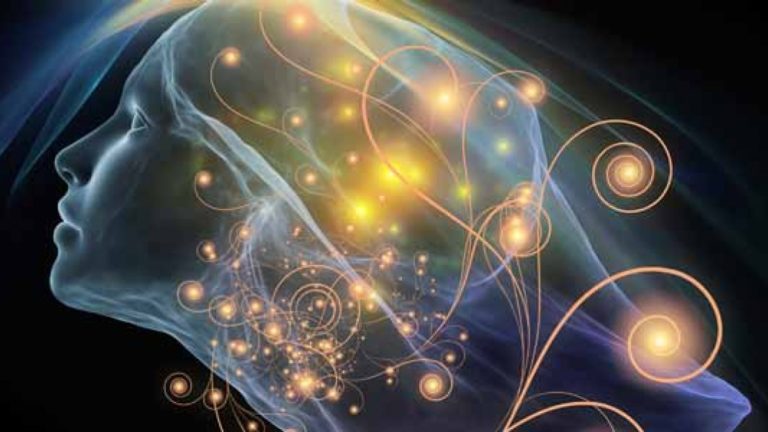
Sophia, the embodiment of divine wisdom in Gnostic tradition, graces us with a profound understanding of the feminine aspect of the cosmos. Gnosticism—interwoven with early Christianity and enriched by Hellenistic philosophy—is more than a religion; it is a journey toward self-realization and communion with a deeper reality. This sacred knowledge, known as Gnosis (from the Greek “to know”), was lovingly passed down through myths found in Gnostic texts such as those discovered in the Nag Hammadi library.
The Myth of Sophia: The Divine Feminine
Let us immerse ourselves in the enchanting myth of Sophia, whose story illuminates the depths of divine wisdom and the sacred feminine.
Sophia’s Origin in the Pleroma
In Gnostic cosmology, Sophia is the radiant feminine personification of divine wisdom and the youngest of the Aeons—emanations of the ultimate reality known as the Monad or Pleroma. Dwelling in the spiritual fullness of the Pleroma, Sophia is intimately connected with the unknowable Father’s brilliance, born of the twin powers of Depth and Silence.
The Descent and Creation of the Material World
Compelled by an intense yearning to know the Father’s essence, Sophia emanates without her consort, creating a disturbance that leads to her descent from the Pleroma. In her fall, she becomes entwined in the material world, inadvertently giving birth to the Demiurge, often called Yaldabaoth. This ignorant and arrogant entity fashions the material universe, unaware of the spiritual realms above. In certain Gnostic scriptures like the Apocryphon of John, the Demiurge is equated with the God of the Old Testament.
Sophia’s descent introduces imperfection, suffering, and ignorance into existence, as the material world is shaped through her unintended actions.



